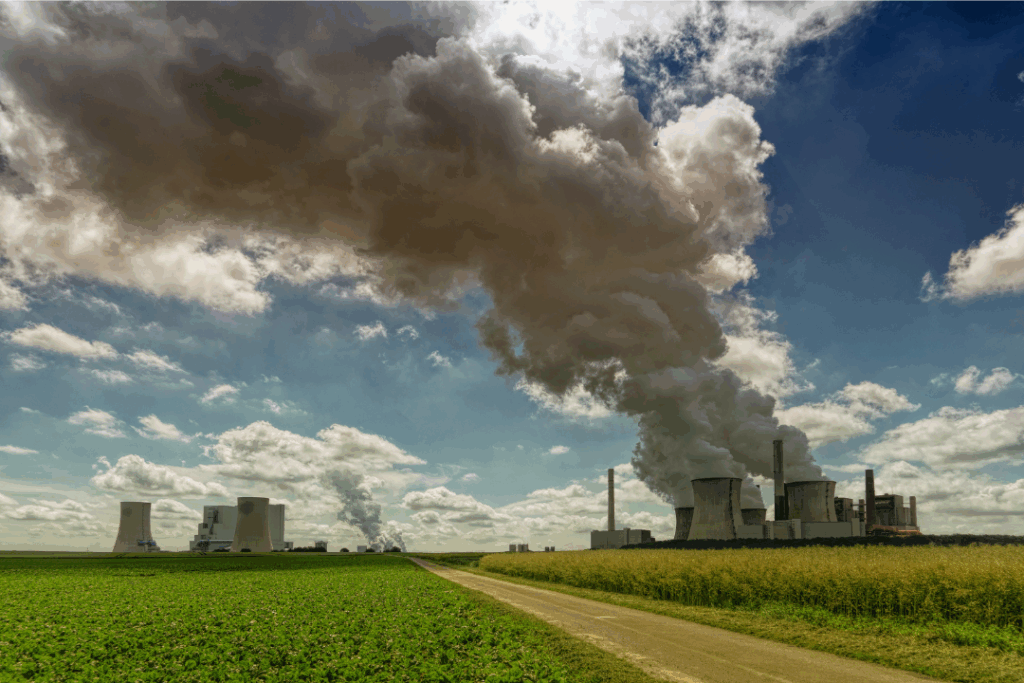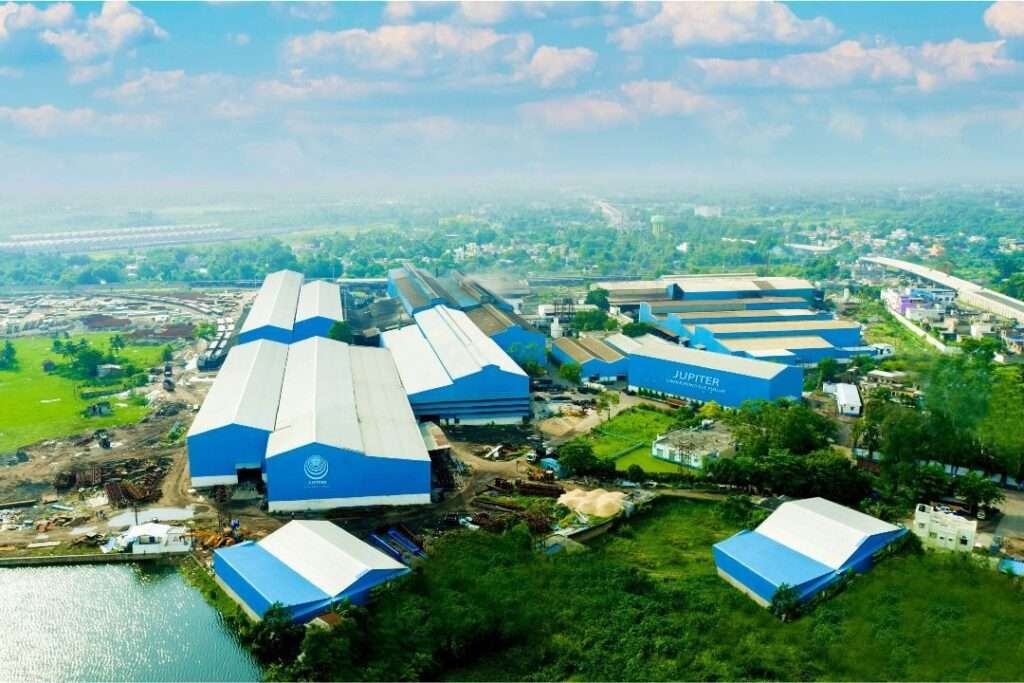The Indian government has officially approved a significant joint venture between Nuclear Power Corporation of India Limited (NPCIL) and National Thermal Power Corporation (NTPC) to construct four nuclear power plants, each with a capacity of 700 MWe, at the Mahi Banswara site in Rajasthan. The formal approval was conveyed through the Department of Atomic Energy, which handed over the necessary documents to senior representatives of NPCIL and NTPC earlier this week, according to an official statement.
This new venture, known as ‘Anushakti Vidyut Nigam Limited (ASHVINI),’ has been established to spearhead the development, operation, and ownership of nuclear power plants across India, all in accordance with the nation’s existing regulatory framework governing nuclear energy. The statement issued by NPCIL emphasized that the joint venture will function under NPCIL’s umbrella, with NPCIL holding a majority 51 percent stake in ASHVINI.
The Mahi Banswara project will be a major undertaking by ASHVINI, involving the construction of four Pressurised Heavy Water Reactors (PHWR), each boasting a 700 MW capacity. These reactors will contribute significantly to India’s nuclear power expansion efforts. The project is expected to enhance the country’s ability to produce clean energy and is part of broader efforts to increase nuclear power generation capacity, which is vital for meeting the country’s long-term energy goals.
By bringing NPCIL and NTPC together, this joint venture is strategically designed to combine resources, technical expertise, and financial backing, making it a robust partnership for advancing India’s nuclear energy sector. This collaborative approach is aimed at accelerating the country’s transition toward achieving its ambitious energy goals, including India’s commitment to Net Zero carbon emissions by the year 2070. Nuclear power is considered a crucial component of this energy transition, given its potential to provide large-scale, low-carbon electricity.
India has set a lofty target of increasing its nuclear power generation capacity to 22,800 MW by 2031-32. This is a significant leap from the current capacity of 8,180 MW, highlighting the critical role that nuclear energy will play in the country’s future energy landscape. The Mahi Banswara project is expected to contribute meaningfully toward this goal, aligning with the country’s broader ambitions to reduce its carbon footprint and diversify its energy sources.
The formation of ASHVINI represents a pivotal step in India’s nuclear energy strategy, leveraging the collective strengths of NPCIL and NTPC to achieve greater energy security and sustainability. Through this joint venture, the government hopes to rapidly scale up nuclear energy capacity, positioning the country as a leader in clean and sustainable energy development.








